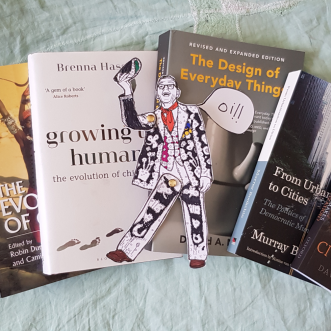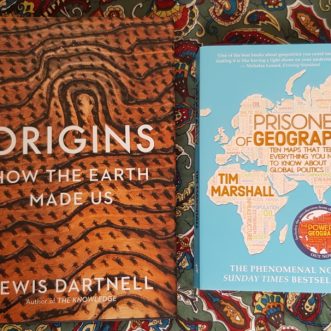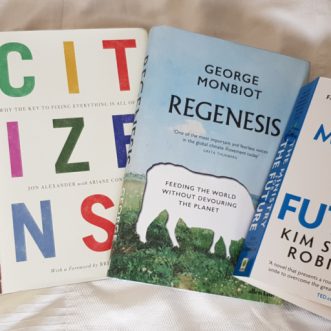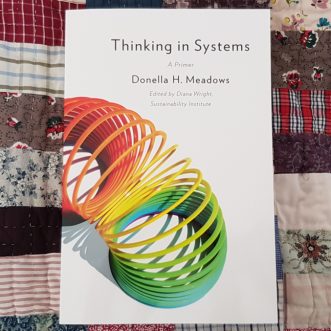September 16, 2022
I’m fascinated by the tension between process and freedom, between order and chaos, between prescription and exploration. So naturally I couldn’t resist buying these books to find out how people working in a completely different discipline approach the same issue.
In the first book I’m reading, ‘The Uses of Disorder’, the author describes the difficult transition people have to make through adolescence – that stage where we have the ability to fully exercise our powers as human beings, but without any life-experience to guide us. We have to find our own identity, but identity is forged though experience – messy, uncomfortable and maybe even distressing. This prospect makes some people frame an identity for themselves in advance, as a way of avoiding experience.
Most of us ‘grow out’ of this stage as we are unavoidably exposed to otherness, but some people continue to close themselves off to anything that might undermine it. The author’s point is that this doesn’t just happen on an individual level, but also at the level of a group or community, which is where this starts to get interesting.
For these authors, a city is a framework that can be enabling or disabling. And what makes it enabling is a certain amount of disorder, because disorder enables people to encounter the different, the new and the alternative. In other words, disorder helps us to grow aand thrive as human beings by opening up possibilities. So if you want to city (or any community) to enable people to thrive, you want it to be somewhat disorderly. Not so disorderly that people get no chance to absorb change, but disorderly enough to allow people to find their own change.
Similarly if you want your business to help the people in and around it (including clients) to thrive, you want it to be a bit disorderly – not so disorderly that people don’t know what to do, but disorderly enough that people can find and create their own change. You want controlled disorder.
The good news is, I think, that you can design it in. Which is why I use the idea of a Customer Experience Score, rather than a process. With your Customer Experience Score as the floor, you can safely leave room for exploration and interpretation.
Discipline makes Daring possible.








-crd-331x331.jpg)
